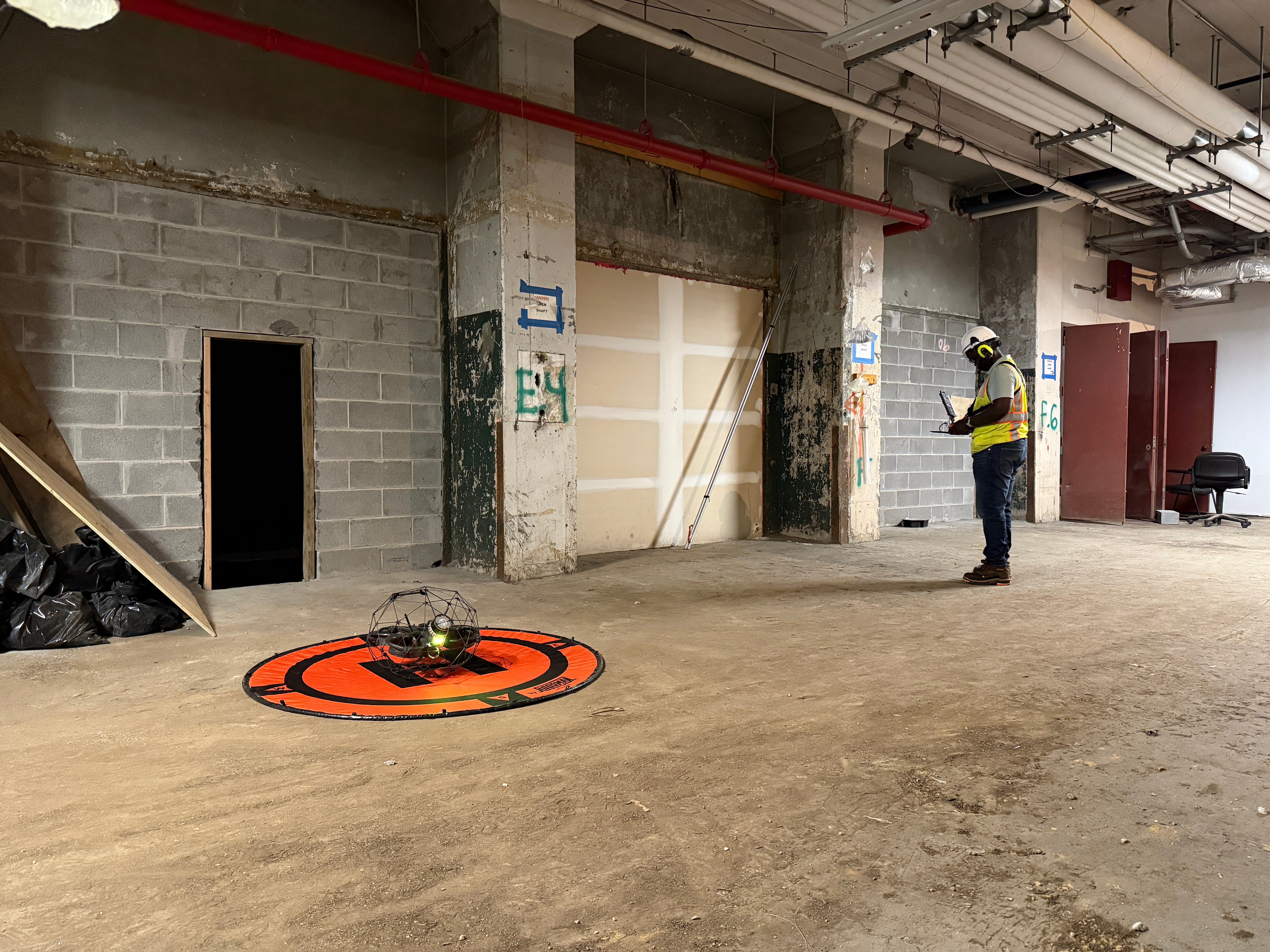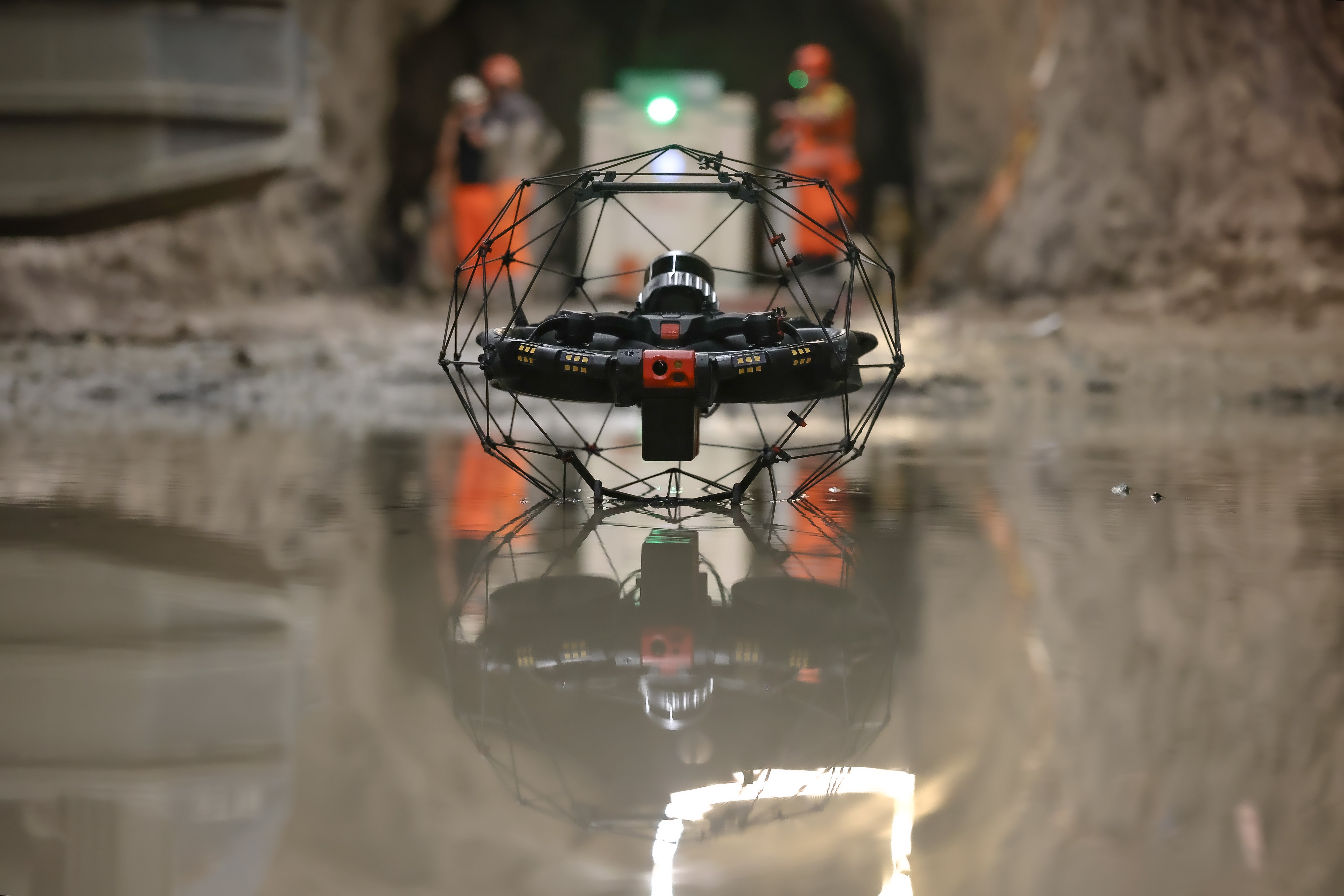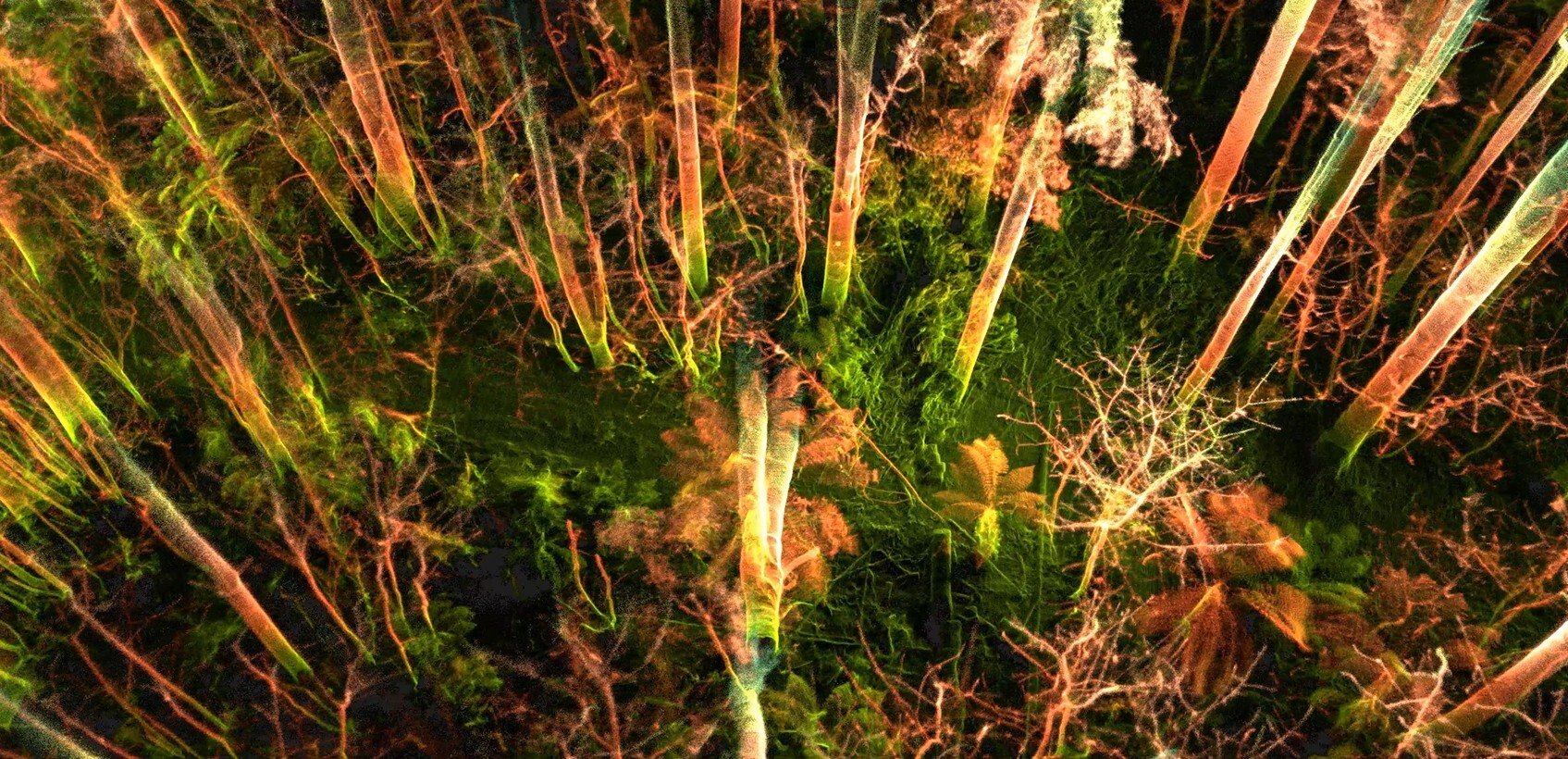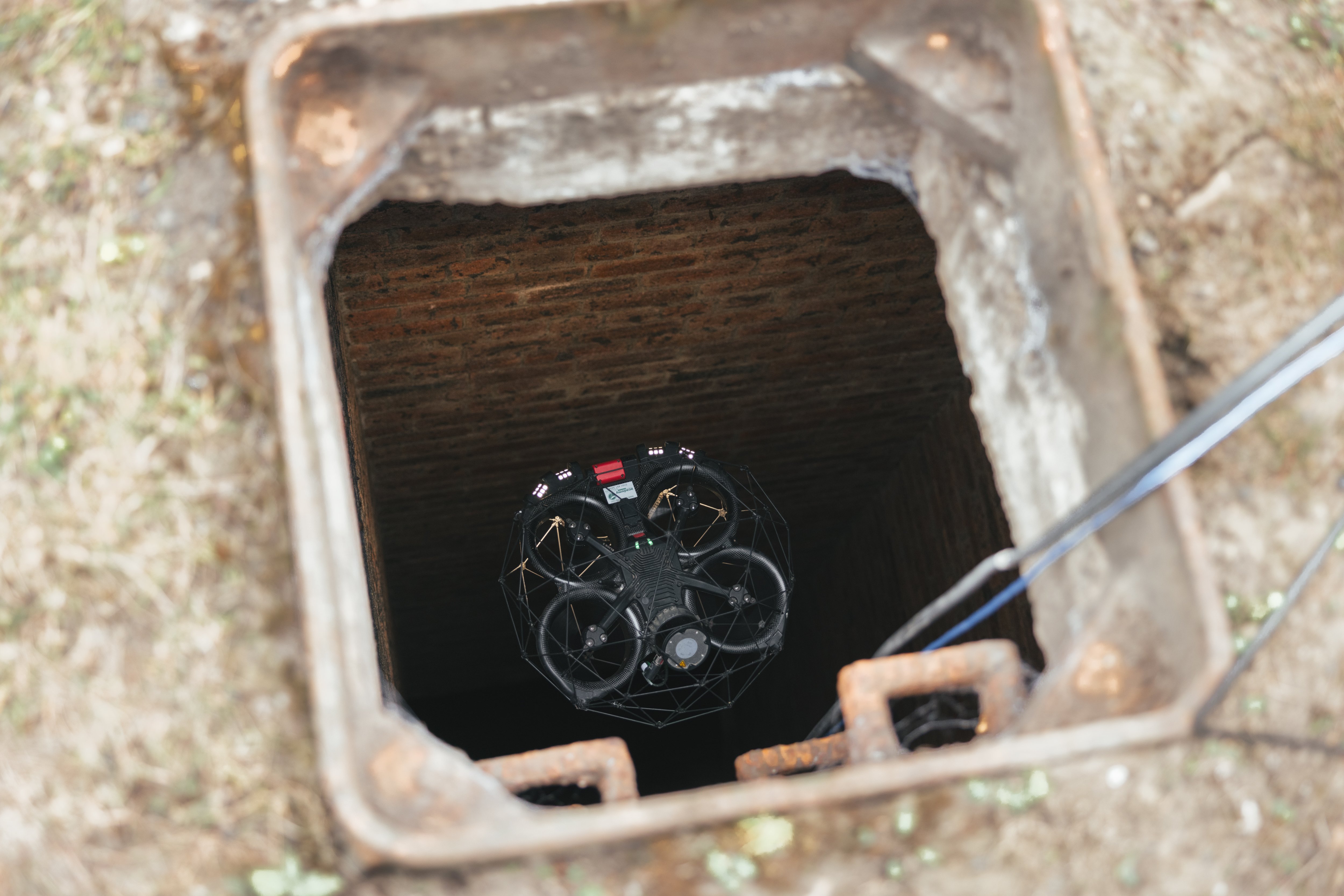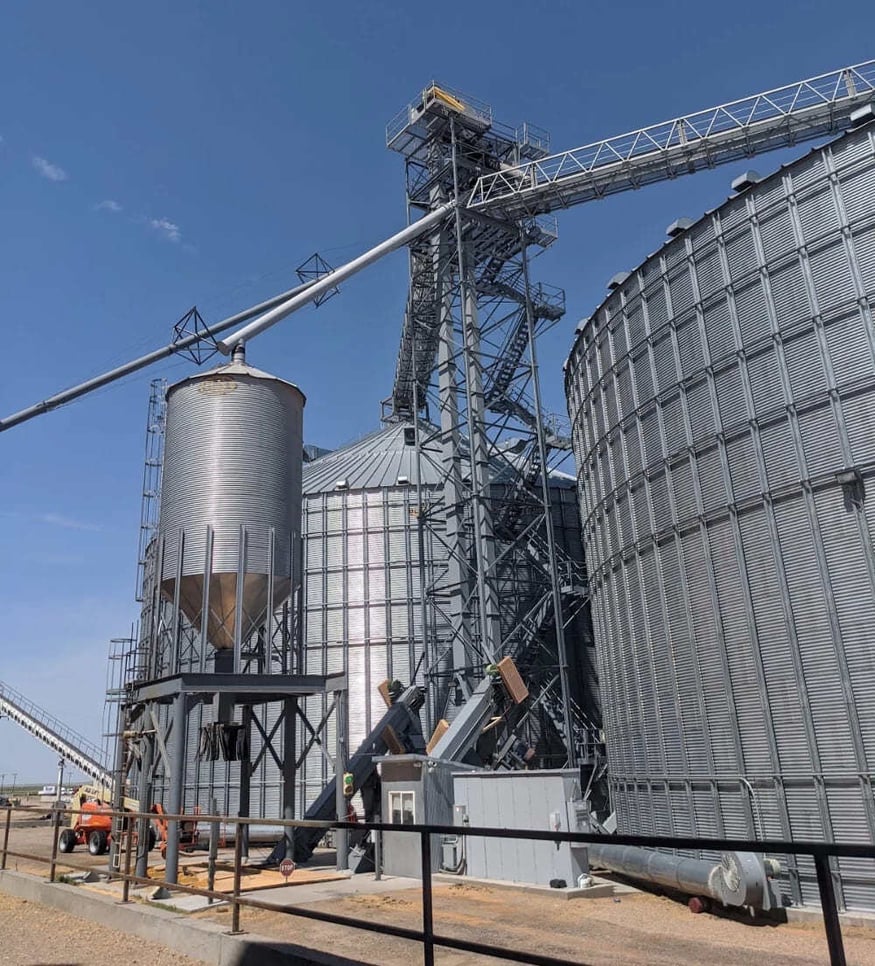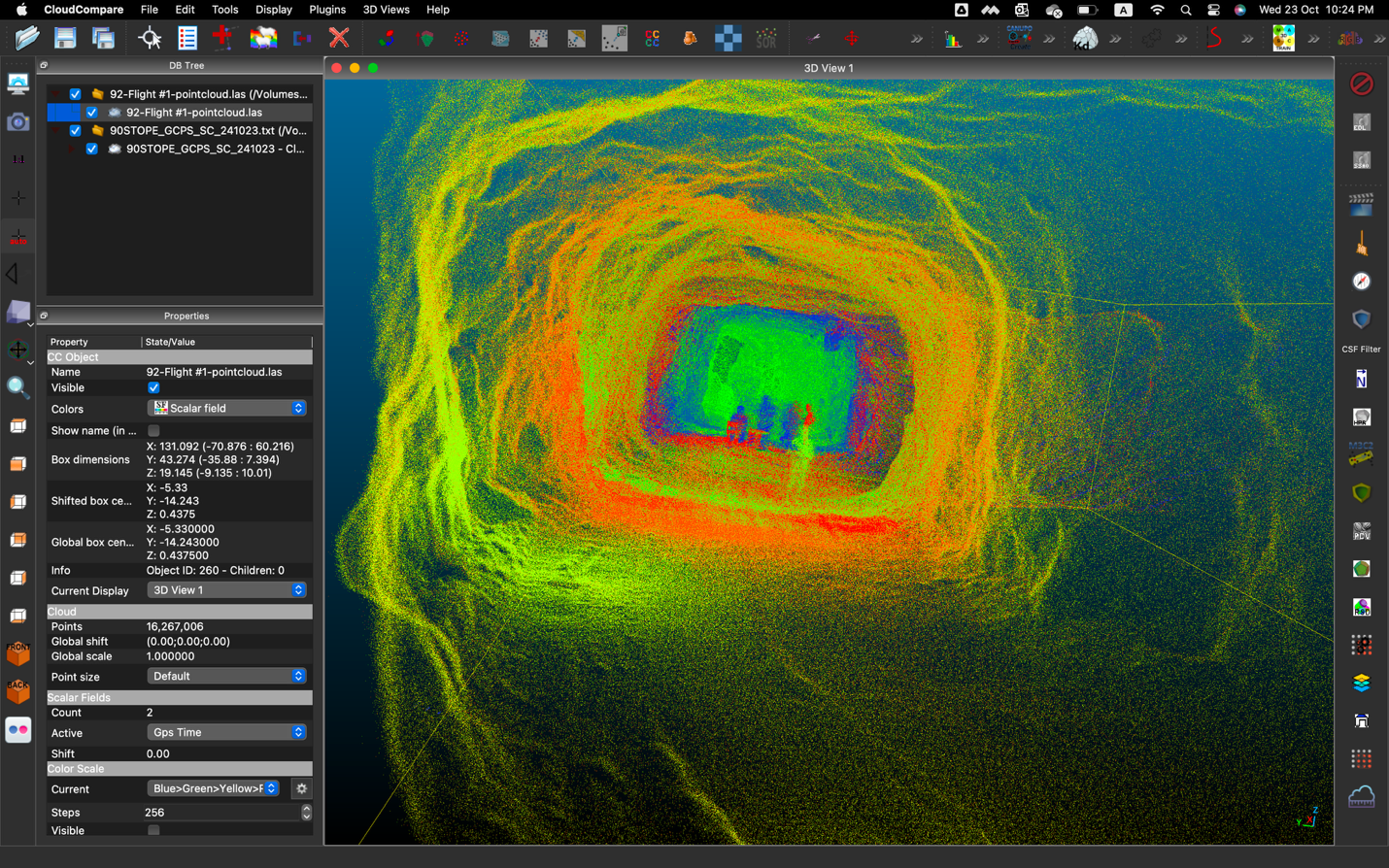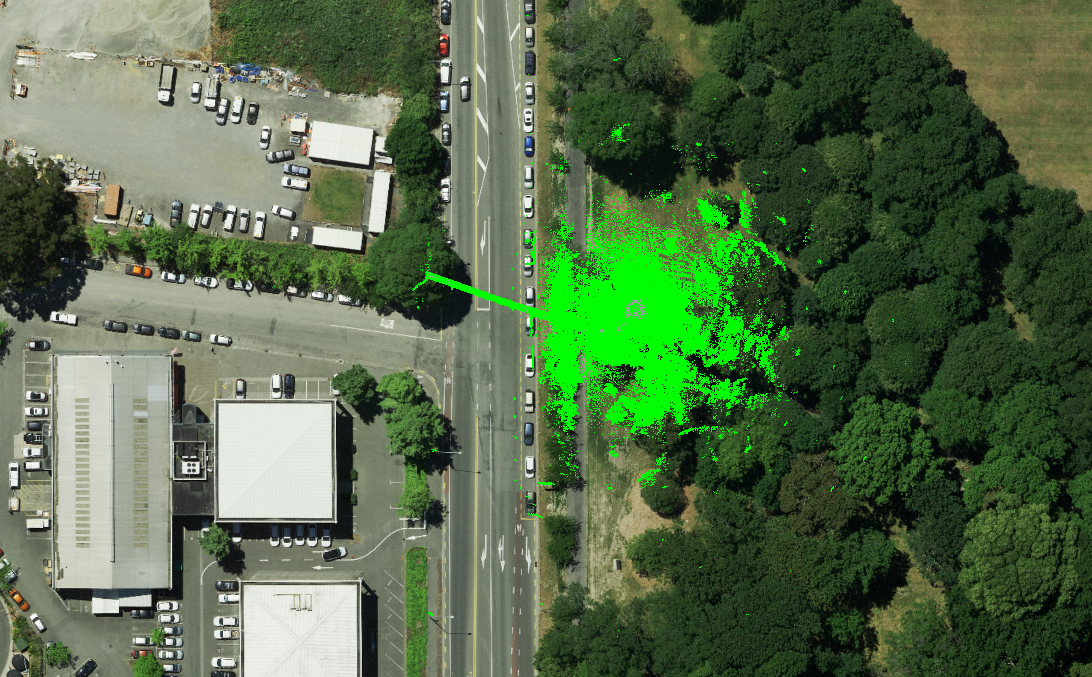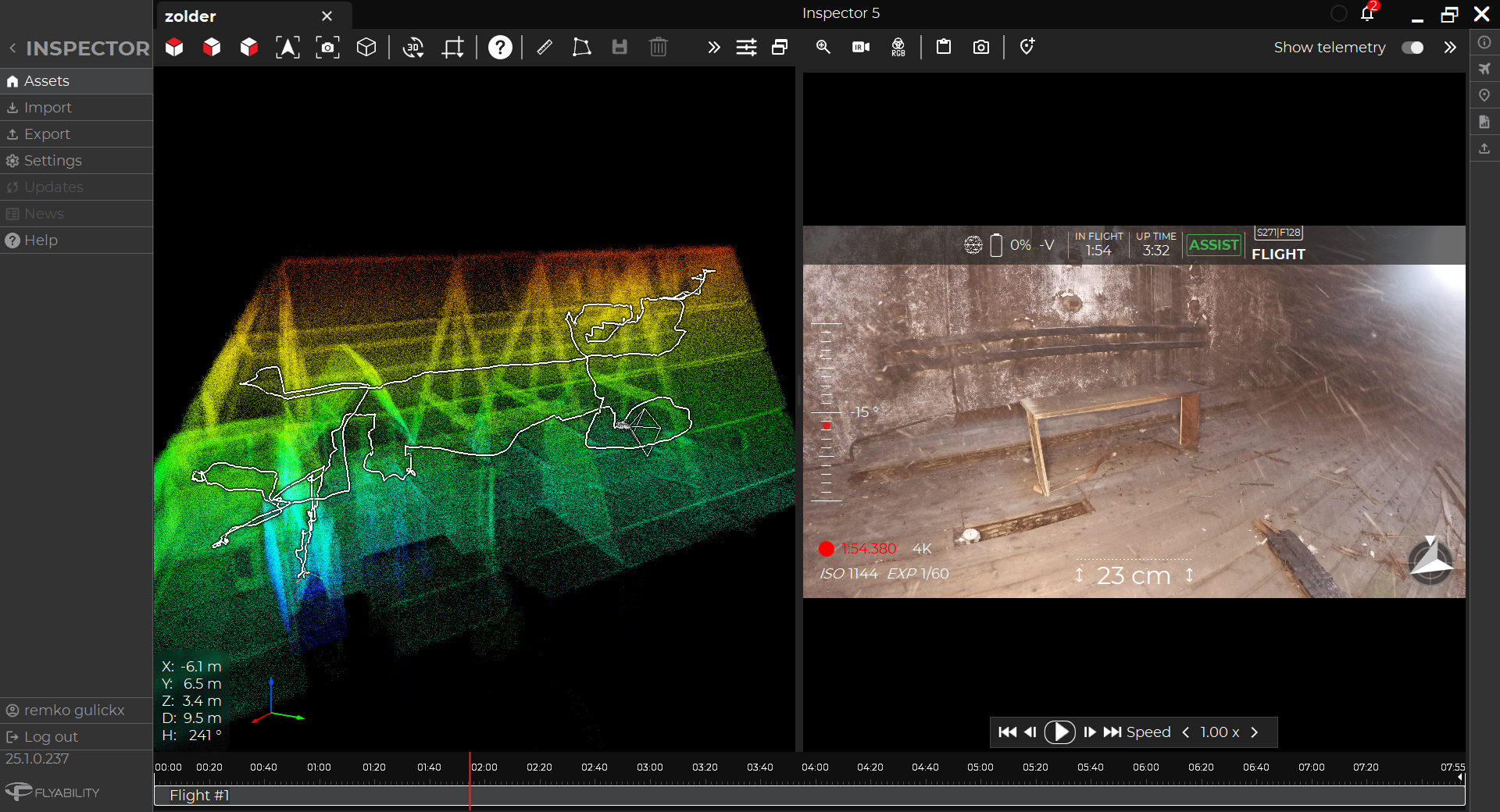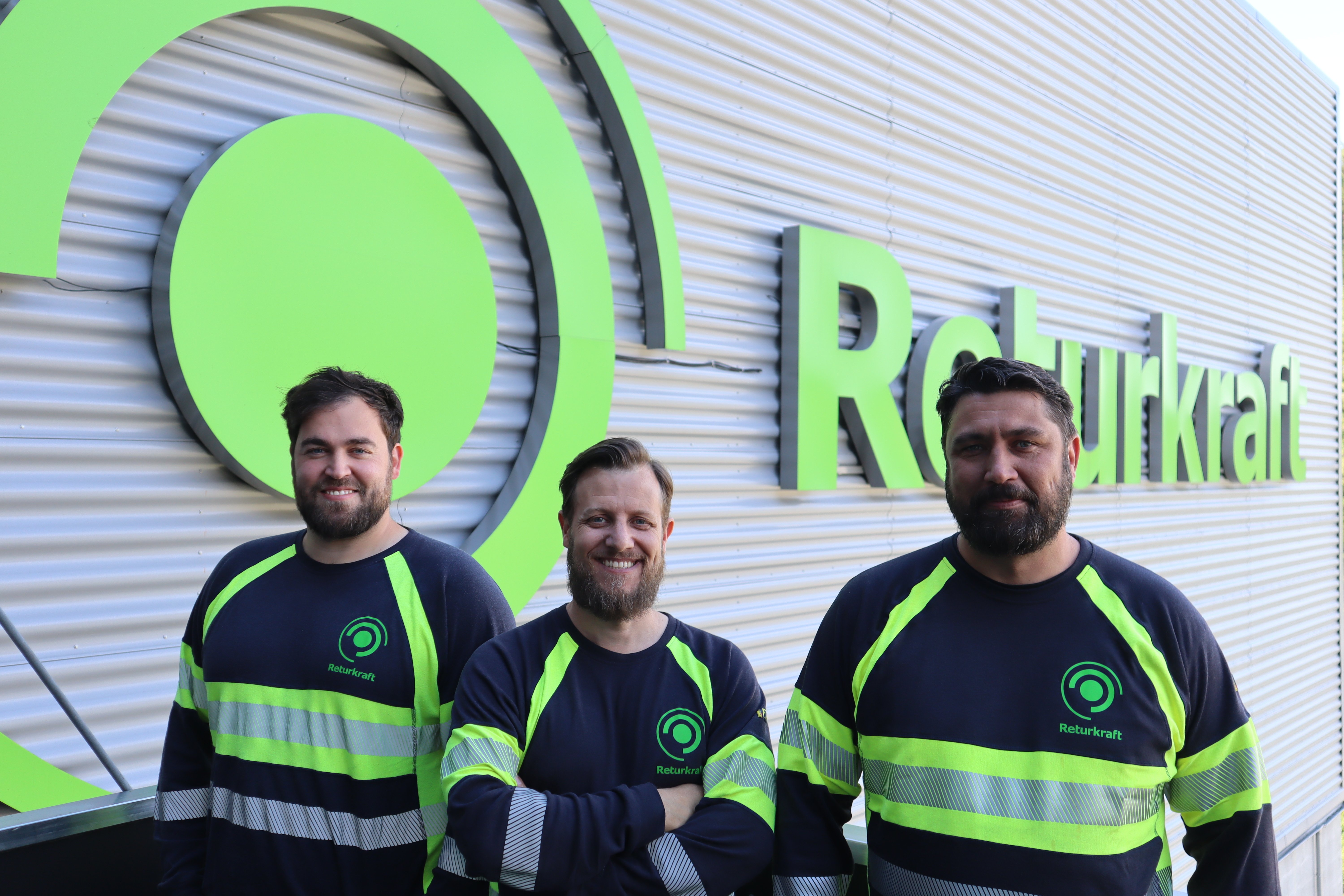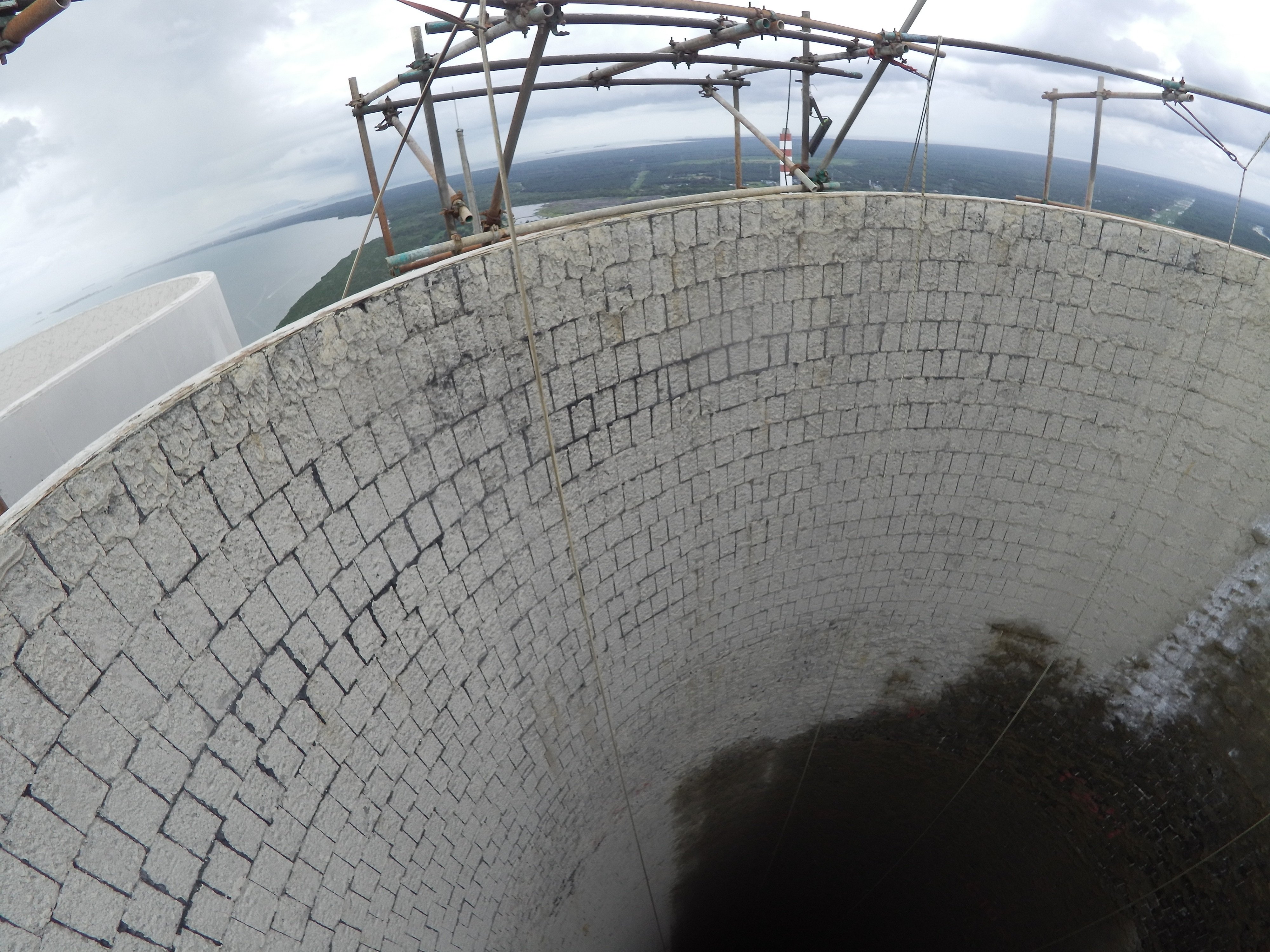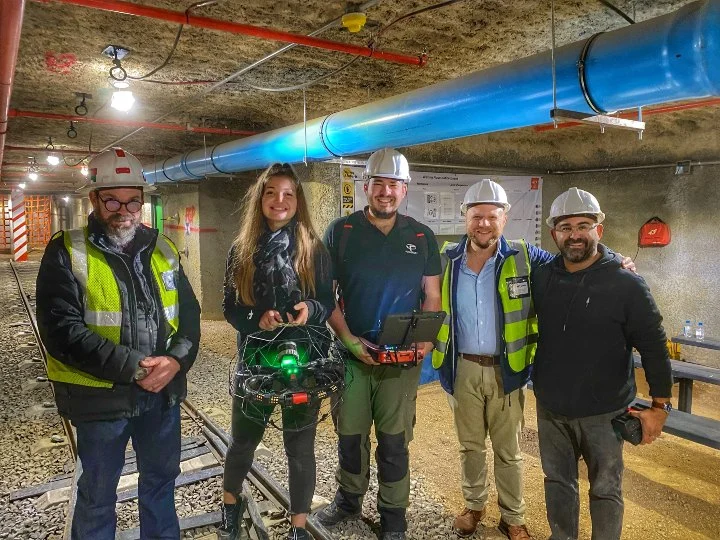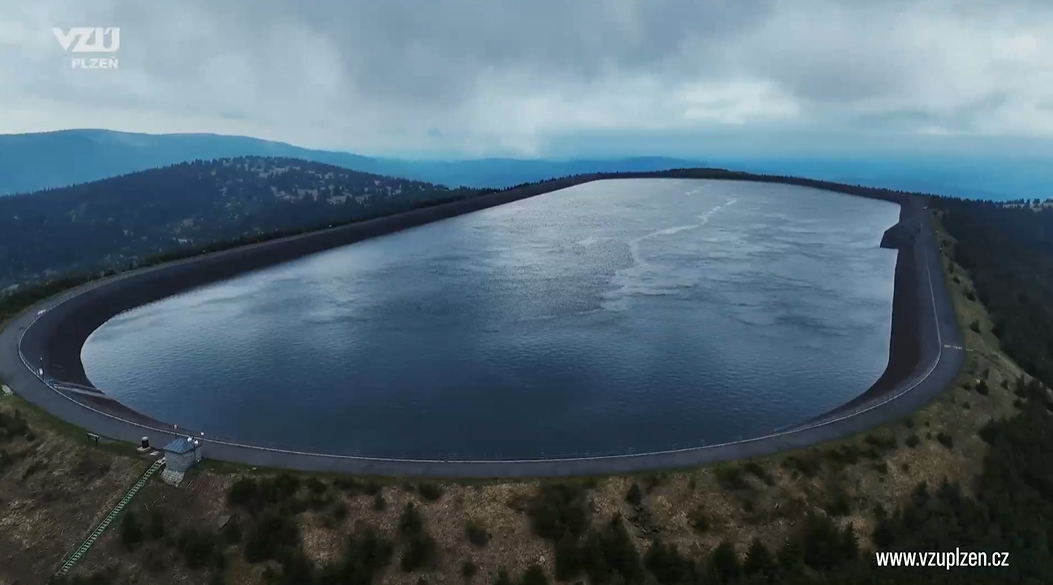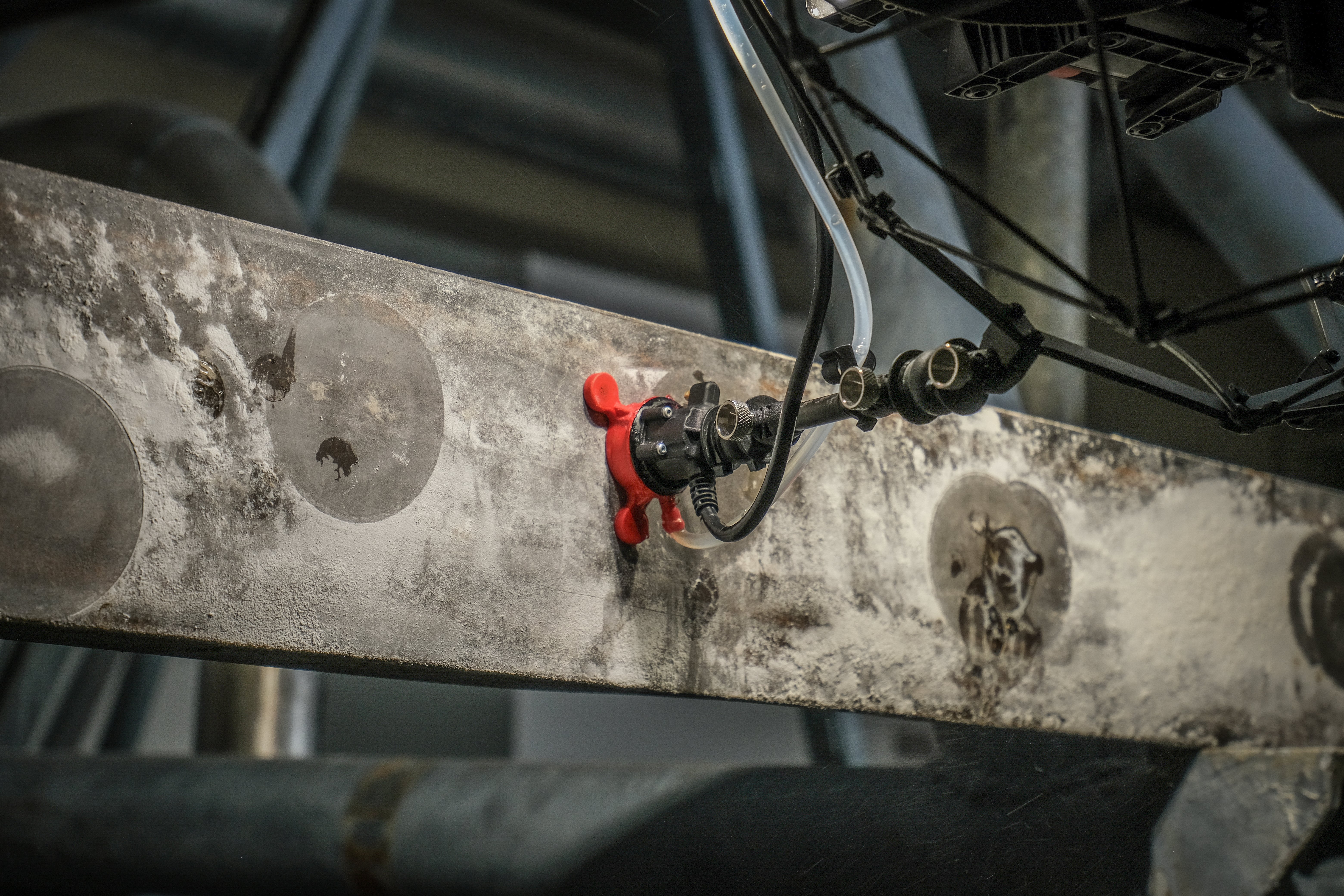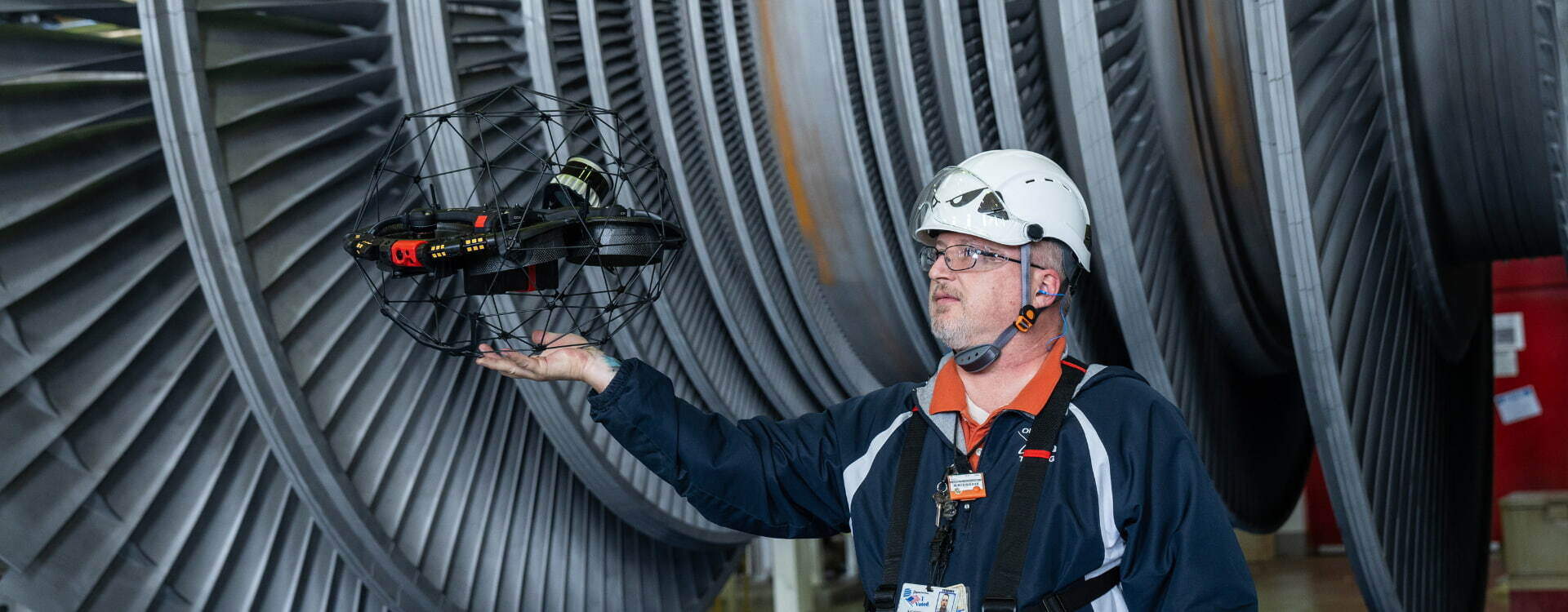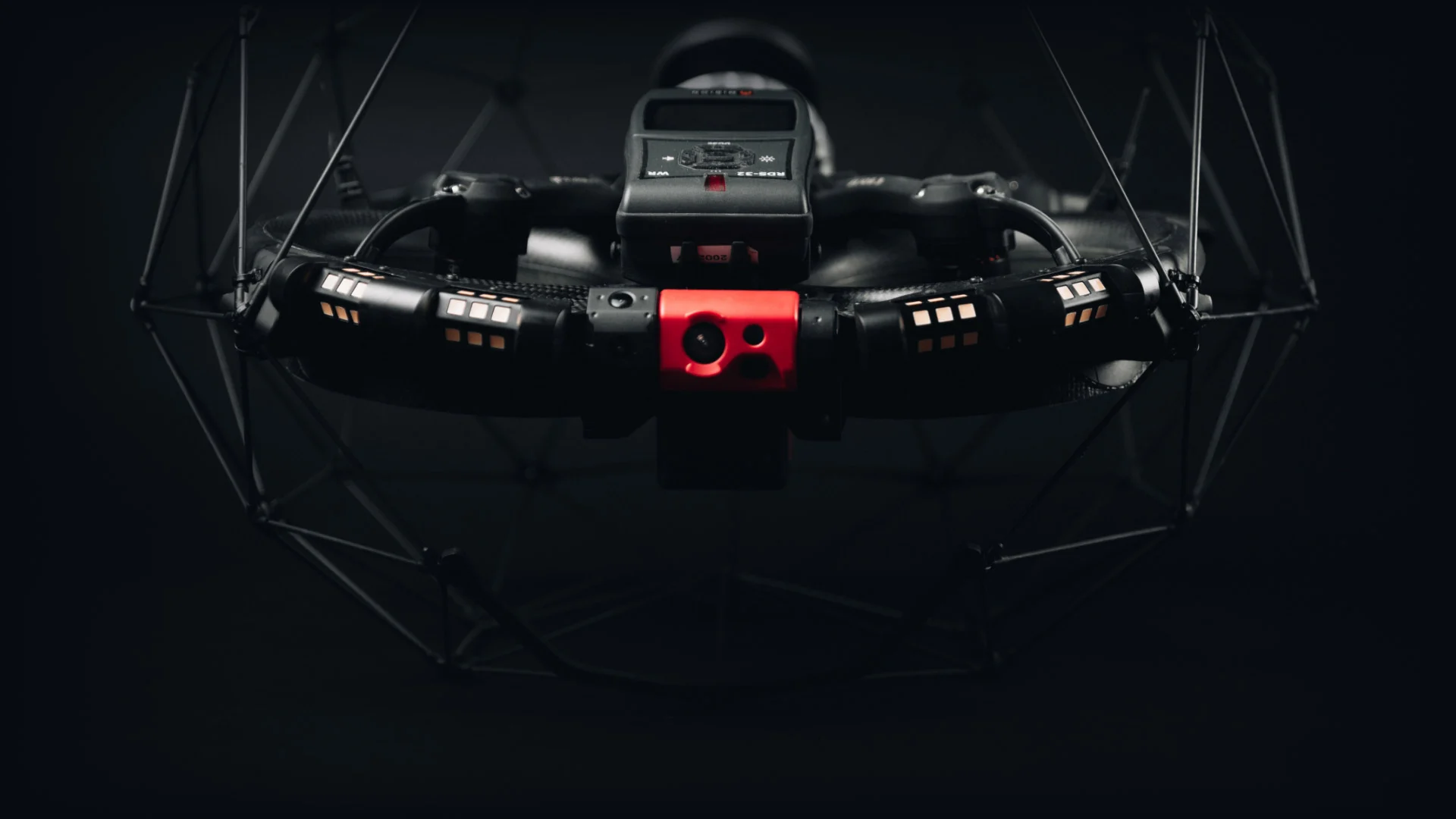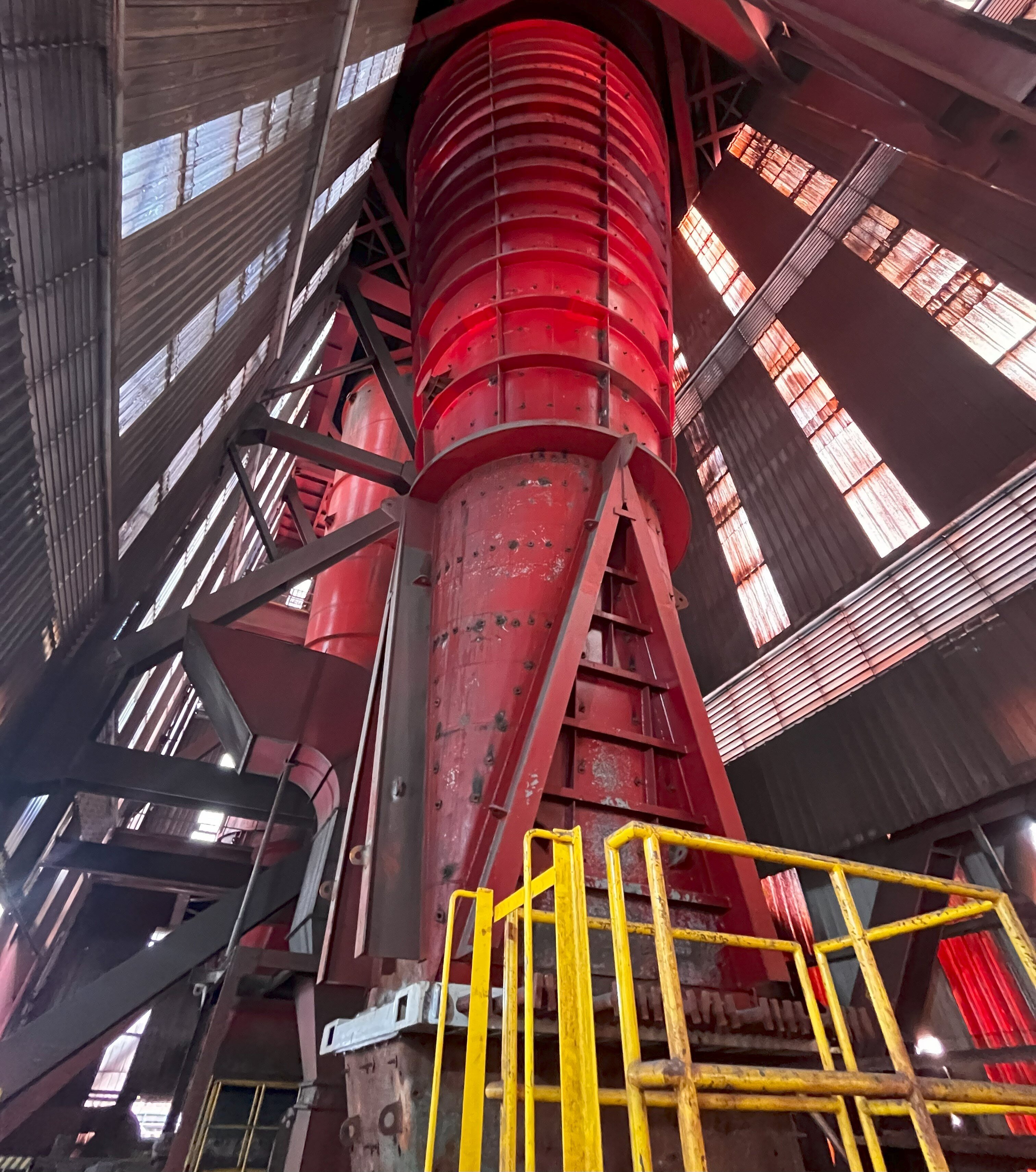- Case Studies >
- How the Elios 3 RAD payload is detecting radiation hotspots
How The Elios 3 Rad Payload Is Detecting Radiation Hotspots
Benefits In A Nutshell
|
Fast identification and measurement of radiation hotspots achieved with the Elios 3 and new RAD payload. |
Safe inspection with no human intervention required that can be replicated at scale. |
3D model of nuclear power plant infrastructure created for the first time on this site. |
Nuclear power plants are strictly controlled by both international and national safety standards. The constant monitoring of all material, from the management of nuclear waste to the pipes carrying heavy water away from reactors, is critical to the site’s overall safety certification.
Drone inspections are making nuclear infrastructure inspections safer by reducing the need for human intervention. As the exposure of site workers is reduced, the power plant safety standards are improved. The Elios drone models are already at work in this sector, with 80% of US Nuclear power plants using Flyability technology. The drones have surpassed rigorous testing, with the Elios 3 exposed to 10,000 R/h of radiation by the Idaho Environmental Coalition with the Department of Energy to assess how Flyability drones can handle high radiation environments. The minimum radiation tolerance is 1,000 R/h, which the Elios 3 handled with ease. The drone’s LiDAR sensor, transmission, and lighting were all unaffected by the conditions, which means the frame and drone hardware are all appropriate for use in radiation inspections.

The Elios 3 now has a specialized RAD payload that is created by radiation detection specialists Mirion Technologies. The modular payload of the Elios 3 means that this sensor can be attached for radiation surveys and swapped for other payloads as needed around a plant. The RAD payload is used to identify, measure, and monitor radiological dose fields to provide critical information for decision making. It measures both a current radiation dose and cumulative exposure, providing more radiation exposure data than a standard dosimeter. The Elios 3 RAD workflow provides real-time data that is as accurate as traditional methods in addition to information on the flight path of the drone, radiation levels, and a 3D representation of what is in front of the drone to show the detected R/h levels in a cloud of data points. It is the next step in making radiation surveys safer.
Drone Radiation Survey for Nuclear Power Plants
Elios was recently deployed at a major US nuclear power plant. This nuclear station is adapting its radiation inspection workflows with a trial of the RAD payload on the Elios 3. The requirement for this project was to find a new system to locate and measure radiation hotspots. The managers at the plant wanted to test the Elios 3 and RAD alongside a Telepole, a handheld sensor by Mirion Technologies that extends 11 feet (3.3 meters). Both tools are used for inspecting ‘out-of-reach’ areas, with the Elios having a longer range as it’s remotely piloted.

The areas being inspected included the turbine deck and associated main steam lines. Inspections and routine surveys can be challenging due to the high levels of radiation present. If successful, this radiation inspection system would become the norm for the power plant testing the technology, and for the wider nuclear fleet under the parent company’s purview.
An ALARA specialist (responsible for ensuring that radiation exposure is As Low As Reasonably Achievable) and radiation protection technician specializing in robots and drones worked alongside the program manager and drone coordinator for the plant’s nuclear outage planning and execution group to implement the Elios 3 RAD test.
Drone Radiation Survey Process
The Elios 3 was deployed on multiple locations across the plant with its RAD sensor attached. The RAD payload on the Elios 3 uses the RDS-32 WR sensor by Mirion, which transmitted real-time data back to the drone pilot.
The ALARA specialist explained the benefits of this new workflow. “Adding radiation detection capabilities to the drone allows us to perform surveys without exposing technicians to the radiological and industrial hazards in those areas. It also helps us more accurately estimate exposure prior to performing work. Not just in known high dose areas that we’ve commonly been using a drone for other reasons, but other locations we find it difficult to survey as well.”
As the pilot receives in-flight radiation readings, the team was able see spikes in radiation levels that indicated hotspots. Two higher dose rate locations were identified in bends in the piping for the steam system, which were marked as areas to investigate closely in processing.
After the flights were completed, the data was processed with the Inspector 4.0 software by Flyability. Graphs and 3D models were rendered using the data collected by the Elios 3 carrying the RAD, which were shared with the power plant managers and the parent company team. Here, they could see the radiation hotspots in the steam pipe bends that the pilot detected in a 3D model, allowing inspectors to see the scope of the build-up in addition to the levels of radiation.
Successul Hot Spot Detection with the Elios 3
This new radiation inspection workflow proved to be powerful and effective, reaching areas that the Telepole cannot thanks to the enhanced range of a remotely piloted drone. The collision-resistant technology meant the pilot could fly with confidence to move the drone throughout the turbine floor and area.
Team members were impressed with the detail and quality from the outputs. The generation of a 3D model, rather than a 2D map, was the first of its kind for a radiation survey and a massive step forward in better visualizing the location of radiation hotspots.
“The drone data is thorough and accurate, providing a high level of confidence that it reflects the true conditions in the field” – said the radiation protection technician.
Using a drone for radiation surveillance eliminates unnecessary human exposure to not only the radiation but also industrial hazards. The plant’s parent company is already capturing the advantages of this through their use of drones and robots across their infrastructure, and these advantages have now been enhanced by the addition of the RAD payload. Accurate, uncrewed radiation surveys can now be done with drones thanks to the Elios 3 and RAD payload. With 80% of nuclear power plants in the USA already equipped with Flyability technology, this workflow will be replicated across the country by this company and potentially more nuclear fleet owners.



